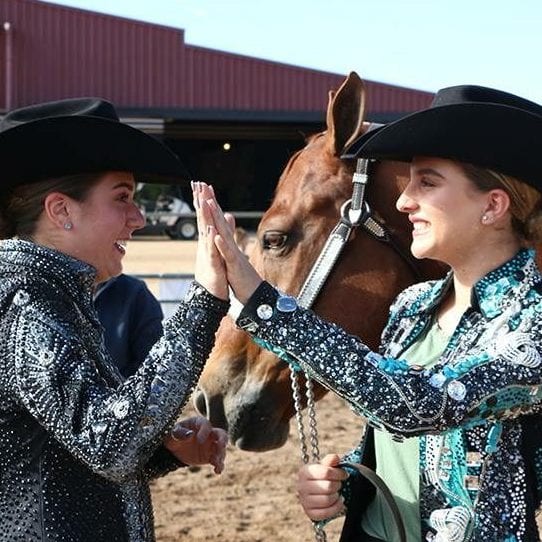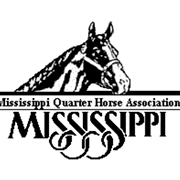Recent research in neuroscience has revealed that when a group of students reports feeling close to one another their brain scans demonstrate that their minds sync up on the same wavelengths.
While you may not need your barn mates to share one mind, we’ve all been to a horse show and seen the team that sticks together like glue..and the one that doesn’t. And usually, the team that is cheering each other on is having more fun and experiencing greater success as they use competition to lift each other up.
But how do you achieve group cohesion in a sport dominated by individual competition? Especially when that means you might be fighting for a buckle against someone you also share a tack stall.
We spoke with three top trainers who have each dealt with a fair share of “in-barn competition.” Read on for observations and advice from Shannon Vroegh, Megan Vanderslice and Julie Schmidt about the ins and outs of handling in-barn competition.
About Our Trainers
Shannon Vroegh of Show Horses by Shannon in Granger, Iowa runs a highly successful All-Around training and showing barn. Megan Vanderslice has coached All-Around competitors to wins an in AQHA and APHA competition at MVP Performance Horses located in Aubrey, Texas. Julie Schmidt operates Dare to Dream Performance Horses, located in Wilson, North Carolina with her husband, Allan Schmidt.
All of our contributors have coached or exhibited multiple Congress and World Champions for AQHA, APHA, ApHC, and PtHa associations and regularly maintain a roster of highly competitive Youth and Amateur exhibitors.
The Good
 In-barn competition isn’t always a bad thing. Sometimes competing alongside someone who inspires you to work harder can bring the whole team up. As Vanderslice puts it, “Competition in the barn can be very positive because everyone can learn something from each other and raise their level of competitiveness, and it teaches good sportsmanship. In my barn, we are like a family in that we all push each other to be better.”
In-barn competition isn’t always a bad thing. Sometimes competing alongside someone who inspires you to work harder can bring the whole team up. As Vanderslice puts it, “Competition in the barn can be very positive because everyone can learn something from each other and raise their level of competitiveness, and it teaches good sportsmanship. In my barn, we are like a family in that we all push each other to be better.”
Think about how many riders spend time at their trainer’s barn or a horse show – they watch each other practice. If it’s showmanship, you’re watching each person’s run as you wait for your turn. As that happens, if you’re competitive in a right way, you’re studying and thinking about how you’re going to improve on what you’ve just seen. Vanderslice notes, “We watch each other and try to learn each time we ride.”
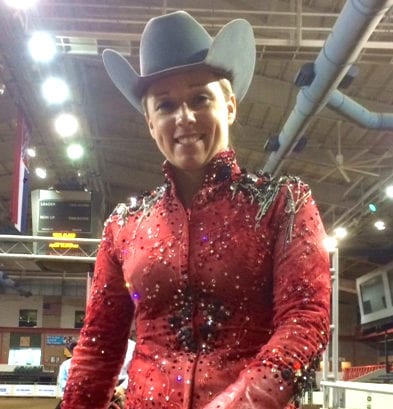 Vroegh explains that her daughter, Mallory, and another youth have been instrumental in demonstrating what in-barn sportsmanship can look like, “Having good role models in the barn is important. Mallory and Hannah’s [Anderson] sister, Lilly Anderson, are in the same age division and they have been a great example for my younger kids of how to be great friends while you show against each other.”
Vroegh explains that her daughter, Mallory, and another youth have been instrumental in demonstrating what in-barn sportsmanship can look like, “Having good role models in the barn is important. Mallory and Hannah’s [Anderson] sister, Lilly Anderson, are in the same age division and they have been a great example for my younger kids of how to be great friends while you show against each other.”
Schmidt echoes the value of having clients that compete together watch each other, “I’ve seen a positive impact in youth that will look up to an older exhibitor. We had a Walk-Trot kid who looked up to our 14-18 division rider, and it pushed her to grow. We also currently have a 13 & Under rider who elects to show in the All-Age Youth classes. When she does well, she knows she’s reaching her goals.”
A final and essential, positive impact of in-barn competition is that when a barn is competitive together, they also celebrate big together. Vanderslice comments, “My favorite thing about my barn is when someone has an awesome ride or wins something big…my group is always there when they walk out of the arena to hug them. We all know what each person has been through to get there and what struggles they’ve had.”
The Bad
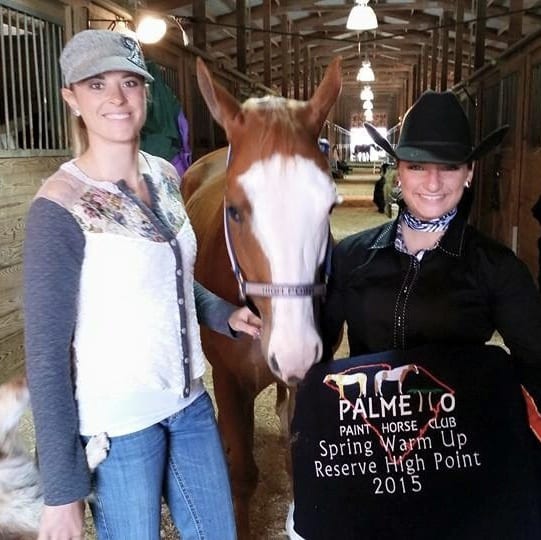 For every upside, there’s also a dirty underbelly. Just like the smooth as silk team that’s crushing it when it comes to morale, there are also the times when the going gets rough. Personalities clash. Envy strikes.
For every upside, there’s also a dirty underbelly. Just like the smooth as silk team that’s crushing it when it comes to morale, there are also the times when the going gets rough. Personalities clash. Envy strikes.
Schmidt recalls, “We did have five youth competitors, all teenage girls, in the same division at the same time at one point. That was difficult at times. There were concerns over coaching time being spread out equally and we had to adjust how we prepared. We would practice in pairs or individually instead of as a large group.”
Schmidt’s group also spent a lot of time together that year between prepping at their ranch for major shows, which added to the weeks spent in close quarters at the actual horse show. You add those all up and that equals two months of sleepovers- which would be enough to test the best of teams. So while you do want to cheer on your friends, remember to create space as well.
Vanderslice offers some advice, “It’s human nature in any competitive situation to have jealousy and feelings of shortcomings. My kids always say I’m annoyingly positive which is probably true, but I try to make the best of any negative feelings.”
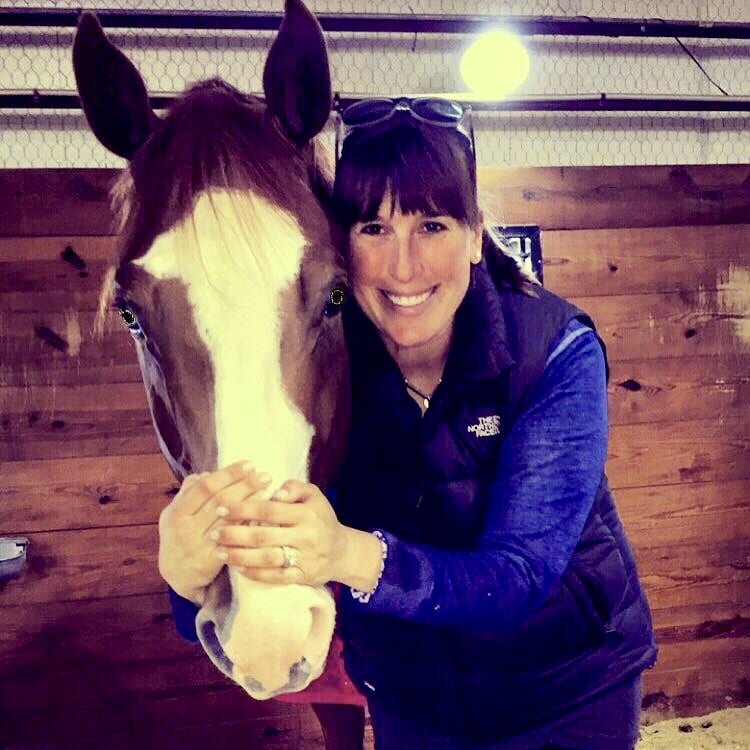 Vanderslice’s approach is likely why she’s created a team that genuinely cheers for one another, as she adds, “I think the hardest part of creating a good barn culture is that some people are more competitive than others, so you have to adjust your coaching skills and how hard you push.”
Vanderslice’s approach is likely why she’s created a team that genuinely cheers for one another, as she adds, “I think the hardest part of creating a good barn culture is that some people are more competitive than others, so you have to adjust your coaching skills and how hard you push.”
Sometimes, what might start out as friendly teasing about a performance can turn things at the stalls tense between classes. Vroegh recommends keeping a careful eye, and ear, on what’s happening at the stalls.
She says, “It’s important to listen when you’re around the stalls because they [exhibitors] will pick at each other once in a while. If you put a stop to that right away, then it doesn’t seem to continue on. They will know better than to razz each other when we are around. I also like to make clients that are in the same class look at the patterns on paper together and walk trail courses together. The more they do things together, the friendlier competition becomes.”
The Advice
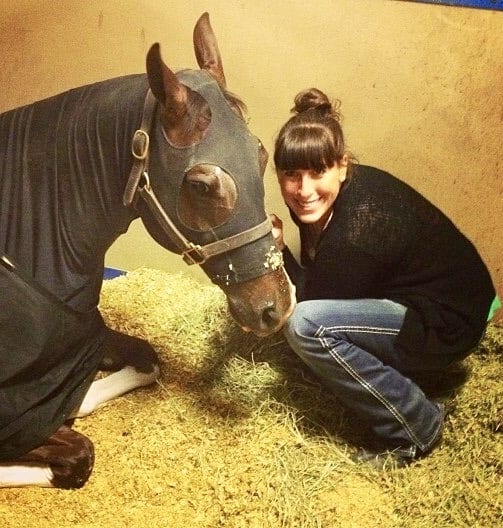 Vanderslice leads by example. As she says, “I truly believe that you can accomplish anything if you are willing to work hard enough. That has definitely become my motto. The horse world is very fair. It gives back what you put into it. I think it naturally keeps egos in check. There are so many variables that go into winning. It is almost like the perfect storm. It has to be your day. I always tell myself that I don’t always have the best horse, but there’s no reason why I can’t be one of the hardest workers. My barn has really taken this to heart.”
Vanderslice leads by example. As she says, “I truly believe that you can accomplish anything if you are willing to work hard enough. That has definitely become my motto. The horse world is very fair. It gives back what you put into it. I think it naturally keeps egos in check. There are so many variables that go into winning. It is almost like the perfect storm. It has to be your day. I always tell myself that I don’t always have the best horse, but there’s no reason why I can’t be one of the hardest workers. My barn has really taken this to heart.”
Schmidt suggests working on communication. “We often see fewer issues with jealousy in our adult riders because they are better at communicating their needs. If you can communicate what you’re concerned about, then we can make adjustments and work on it. If you let it fester, it just gets worse until something erupts. We work on communication and also work with riders (and parents) on setting realistic goals.”
 Another approach to setting your team up for group cohesion is to think about how to prepare individuals for the right group mentality. Vroegh highlights the importance of a strength-based approach to coaching to create the right mindset for competition.
Another approach to setting your team up for group cohesion is to think about how to prepare individuals for the right group mentality. Vroegh highlights the importance of a strength-based approach to coaching to create the right mindset for competition.
She elaborates, “I think it’s imperative for a trainer to emphasize every exhibitor’s strength. The more you compliment a rider on something that they do well, the less they focus on the negatives of competing with somebody else in the barn.”
Vroegh, like others who successfully create teams that gel together, advises that they watch each other, “I’m huge on making exhibitors watch each other and cheer for each other. I teach them that building off of each other makes them better, and we’re competing as a barn more than individuals. This helps make the mindset point more toward a team effort than focusing on who is beating who.”
How do you handle competition in your barn? Let us know in our Facebook comments.
About the Author: A native Michigander, Rachel Kooiker is a lover of horses who loves to write. She competes in all-around Amateur events with her APHA gelding, Hoos Real. She graduated from Grand Valley State University with a BA in English and Psychology and an MA in Curriculum & Instruction. She and her husband Drew operate Kooiker Show Horses, home of APHA World Champion Im the Secret.


